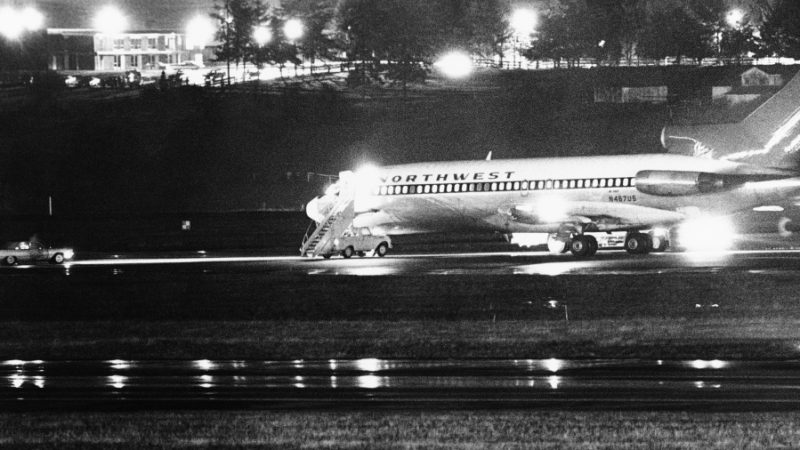How to Keep Balloons from Popping

Balloons bring joy, color, and a festive atmosphere to any celebration, whether it’s a birthday party, wedding, or corporate event. However, the excitement can quickly turn to disappointment when a balloon unexpectedly pops. The sound of a bursting balloon not only startles but also marks the end of the balloon’s decorative role. Fear not! With a few simple tips and tricks, you can master the art of keeping balloons from popping, ensuring your decorations last throughout the entire event.
Choosing the Right Balloons
The first step in preventing balloon pops is selecting the right type of balloons. Not all balloons are created equal, and factors such as material, size, and quality can significantly impact their durability. Opt for high-quality latex balloons, as they are less prone to popping than their cheaper counterparts. Latex balloons are stretchier and more flexible, providing better resistance to external pressures.
Size Matters
Choosing the appropriate size for your balloons is crucial. Larger balloons generally have more elasticity and are less likely to burst compared to smaller ones. When planning your decorations, consider using balloons with a diameter of 12 inches or larger for optimal durability. Larger balloons also have the added benefit of making a more significant visual impact, enhancing the overall aesthetic of your event.
Proper Inflation Techniques
Overinflating or underinflating balloons can increase the likelihood of popping. Follow the recommended inflation guidelines on the balloon packaging or consult with the balloon supplier for guidance. Underinflated balloons are more susceptible to punctures, while overinflating them makes them vulnerable to bursting due to excessive pressure. Use a hand pump or an electric balloon pump for consistent inflation and avoid using your mouth, as saliva can weaken the latex.
Avoiding Extreme Temperatures
Balloons are sensitive to temperature changes, and extreme heat or cold can affect their structural integrity. Keep balloons away from direct sunlight, heaters, or air conditioning vents. Heat causes the helium or air inside the balloon to expand, making it more likely to burst. Conversely, cold temperatures can cause the latex to become brittle, increasing the risk of popping. Maintain a comfortable room temperature to ensure your balloons remain resilient throughout the event.
Create a Buffer Zone
To minimize the risk of balloons popping due to contact with sharp objects or rough surfaces, create a buffer zone around balloon clusters. Position balloons away from walls, corners, and other potential hazards. If the event includes tables or other furnishings, ensure that sharp edges are covered or padded to prevent accidental punctures.
Static Electricity Prevention
Static electricity can build up on balloons, making them more prone to popping. To reduce static, lightly rub the surface of the balloons with a dryer sheet before inflating them. This simple trick helps neutralize the static charge, making the balloons less likely to stick to surfaces or each other. Additionally, avoid walking on carpets while carrying balloons, as the friction can generate static electricity.
Helium vs. Air
Consider the use of helium-filled balloons, especially for larger events where the floating effect adds an extra touch of elegance. Helium balloons tend to be more buoyant and experience less stress on their latex walls compared to air-filled balloons. If using air, tie a secure knot at the end of the balloon to prevent air leakage. Ensure a proper seal to maintain consistent inflation and reduce the risk of popping.
Handling and Transportation
Proper handling and transportation are crucial to prevent balloons from popping before the event even begins. When transporting balloons, use large, sturdy bags or containers to protect them from external elements. Avoid overcrowding balloons in confined spaces, as excessive pressure can lead to unintentional pops. Handle balloons with care, and if possible, transport them in a climate-controlled vehicle to maintain an optimal temperature.
Addressing Potential Risks
Despite taking precautions, accidents can still happen. Be prepared by having a balloon repair kit on hand. This kit should include spare balloons, adhesive patches, and a small pump for quick and easy repairs. If a balloon does pop during the event, swiftly replace it to maintain the overall aesthetic and keep the atmosphere festive.
Conclusion
Mastering the art of keeping balloons from popping requires a combination of thoughtful preparation and attention to detail. From selecting the right type and size of balloons to proper inflation techniques, environmental considerations, and careful handling, each step contributes to a successful balloon display. By following these tips, you can ensure that your balloons stay vibrant and intact, creating a visually stunning and joyous atmosphere for any celebration. Balloon mastery is within reach – now go forth and enjoy the lasting fun of your balloon-filled events!






